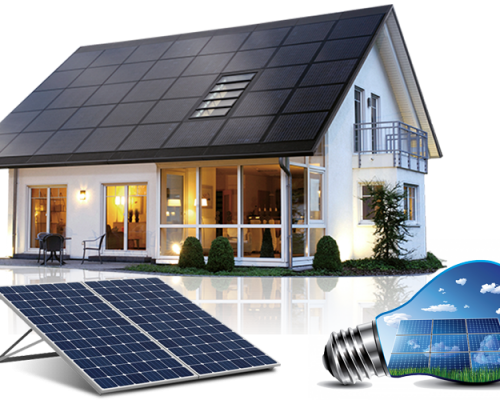Solar energy is a form of renewable energy as it utilizes the radiant energy coming from the sun. This is done by converting sunlight into electricity using solar cells.
Solar cells or photovoltaics were invented in the 1880’s by Charles Fritts. Although it did not convert a lot of sunlight into electricity at the time, this started a revolution that continued on to the 20th century. The greatest example is perhaps the Vanguard 1 which was a satellite fitted with solar cells that enabled it to transmit back to earth after its chemical battery was exhausted.
It success prompted NASA and its Russian counterpart to the same with other satellites including Telstar which continues to serve as the backbone of the telecommunications structure today.
The most significant event that stimulated the demand for solar energy was the 1973 oil crisis. Early on, power companies would charge the consumer a hundred dollars per watt. In the 1980’s, it became only $7 per watt. Unfortunately, the lack of government funding did not sustain its growth so the growth of solar energy was only 15% annually from 1984 to 1996.
There have been a decline in the demand for solar energy in the US but this increased in Japan and Germany. From 31.2 megawatts of power in 1994, this increased to 318 megawatts in 1999 and world wide production growth increased by 30% towards the end of the 20th century.
Next to these two countries, Spain is the third largest user of solar energy followed by France, Italy and South Korea.
There are three basic approaches to get the most out of solar energy. It is namely passive, active and solar photovoltaic systems.
- In passive, it has to do a lot with the building design. This will enable the building to avoid heat loss so people inside will feel a great degree of comfort with the help of controlled ventilation and day lighting. Homes that apply this will greatly reduce their heating requirements by as much as 80% with minimal cost.
- Active solar heating is used to convert sunlight into heat which provides space or water heating. Used extensively in Europe, getting the right size will cover 50% to 60% of your hot water heating requirements.
- Lastly is photovoltaic which converts solar radiation into electricity. This is done by installing solar cells in the ground and the greater the intensity of the light, the greater the flow of electricity. These are available in different sizes and some are installed in consumer devices like calculators and watches.
Some vehicles are now powered using solar energy. Recently electric Cars although started being produced commercially compete in the World Solar Challenge which invites competitors from around the world to compete in this annual event in Australia. There are also unmanned aerial vehicles and balloons. To date, solar energy has only been successful in passenger boats. Many of us take the sun for granted and if we are really serious about preserving the environment and reducing our demand for oil, solar energy is just one of the options we have on the table. We have to lobby and convince our government leaders to do more because it is the cheapest means of providing our home with electricity compared to rechargeable batteries, kerosene or candles.




















